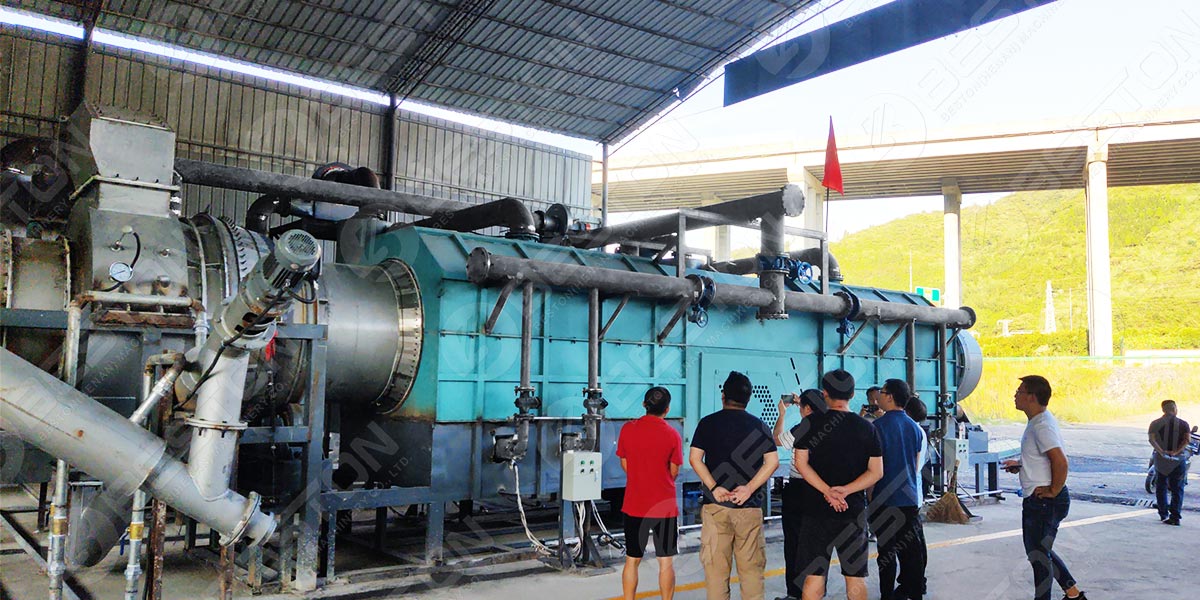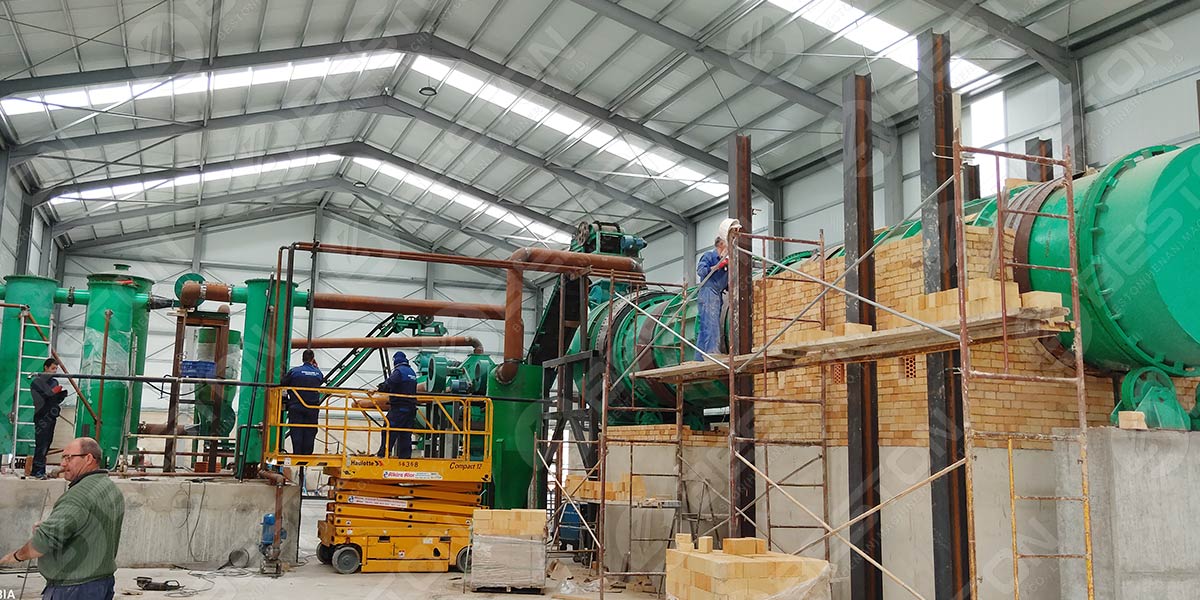Right now, there are very few biomass pyrolysis plants in operation around the world. This is a huge shame, given that biomass pyrolysis is one of the best ways to efficiently convert waste into energy. Not only does this process help reduce greenhouse gas emissions, but it also helps create new jobs and boost the local economy. Here’s why we need more biomass pyrolysis plants in operation today.
In case you’re not familiar with the term, biomass pyrolysis plant is the process of converting organic material into fuel by heating it without oxygen. This can be done using a variety of different methods, including thermal cracking and catalytic cracking. Both of these processes have been used for many years to produce gasoline and diesel fuel from crude oil.

The beauty of biomass pyrolysis is that it can use pretty much any type of organic material as feedstock. This includes agricultural waste, wood waste, municipal solid waste (MSW), and even landfill gas. The main advantage of using biomass pyrolysis to generate energy is that it helps reduce greenhouse gas emissions. In fact, when compared to other forms of renewable energy such as solar or wind power, biomass pyrolysis has one of the lowest carbon footprints.
Not only does biomass pyrolysis help reduce greenhouse gas emissions, but it also helps create new jobs and boosts the local economy. For example, a recent study found that a proposed charcoal making machine in Chautauqua County, New York would create nearly 200 jobs during its construction phase alone. And once operational, the plant would generate an estimated $23 million in economic activity each year.
The main reason why there are not more biomass pyrolysis plants in operation is due to the high upfront investment costs. This type of carbonization machine requires a significant amount of money to build, and there are often also associated costs such as land acquisition and site preparation. Additionally, due to the relatively new nature of this technology, there are often regulatory uncertainties and other risks that need to be considered.

Governments around the world need to do more to support the development of biomass pyrolysis plants. This includes providing financial incentives, streamlining the permitting process, and investing in research and development. With the right policies in place, we could see a dramatic increase in the number of plants built over the next few years. This would be a huge win for the environment and the economy.
Despite the high upfront investment costs, biomass pyrolysis is a very promising technology with many benefits. Hopefully, as we continue to learn more about this process and how to improve it, we will see more biochar machine being built in the future. This is something that we need to do if we want to reduce our reliance on fossil fuels and create a more sustainable future.